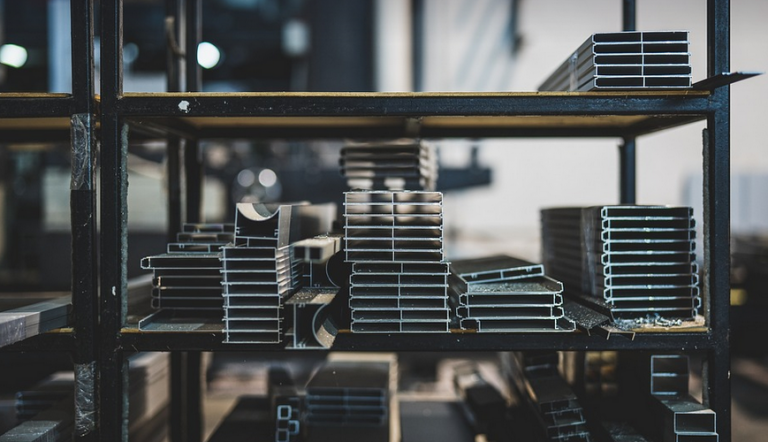
Think about it: undercuts are like little time bombs for your weld. They create stress points that can lead to cracking or even failure down the line. You’ll want to make sure you’re giving those welds the best chance at a long, happy life.
### Understanding the Enemy: What Makes Undercuts Happen? Before we delve into preventing undercuts, let’s take a minute to understand why they arise in the first place.
Undercut happens when the weld bead doesn’t completely fill the groove. This can be caused by a variety of factors, including:
* **Improper preparation:** The most common culprit is improper pre-weld prep – the process of cleaning and preparing the metal for welding. A rough edge or uneven surface will cause the weld to pool in specific spots, leading to undercuts.
Remember, a smooth transition between the original material and the weld bead is key. This helps create a consistent and strong foundation.
* **Incorrect electrode placement:** Using an electrode that doesn’t properly reach the undercut can lead to uneven penetration, creating those pesky gaps.
Make sure you choose the right electrode for the job – too small or too large can affect your weld quality. Also, make sure the electrode tip is sharp and clean as it will impact the weld’s quality significantly.
* **Welding speed:** Too fast a welding speed can lead to incomplete penetration and undercuts. The heat from the arc needs time to melt the metal properly and create a smooth weld bead.
So how do we fix this? Let’s dive into some practical strategies for preventing undercuts.
### Conquering Undercuts: A Step-by-Step Guide to Weld Prep Mastery You’ve got your welding gear, you’re ready to dive in. But before you even touch the metal, let’s talk about preparation – the heart of a successful weld.
Here’s your roadmap to mastering pre-weld prep:
1. **Cleanliness is Key:** The journey starts with cleanliness. Before any welding takes place, ensure the base material is free from grease, dirt, rust, and even paint. A clean surface ensures a smooth weld bead.
Use metal scrapers or wire brushes to remove any loose particles. A blast of compressed air can also be helpful for removing stubborn debris.
2. **Grind it Smooth:** For many materials like steel, grinding down the edges is essential before welding. This creates a uniform surface and reduces the risk of uneven penetration when you start welding.
Remember to use appropriate grinding tools – don’t grind too aggressively; precision is key. The goal is to smooth out the edge, not create an unnecessary mess!
3. **Tack it Up:** Before the main weld starts, consider using tack welds. Tack welds are small welds used for holding sections of metal together temporarily before completing a larger weld. These help secure the metal parts in place and reduce the chances of warping or movement during welding.
Think of tack welds as temporary braces – they’ll hold your work pieces steady while you build up the main weld, giving your welding process a helping hand.
4. **The Right Electrode for the Job:** Choosing the right electrode is crucial for achieving smooth welds and eliminating undercuts. Make sure to select an electrode with an appropriate diameter for the thickness of your metal.
A smaller electrode will require more frequent adjustments, while a larger one might create too much heat, leading to scorching.
5. **Welding Technique Matters:** A good weld requires proper technique and control. Use the correct welding speed, angle, and pressure to achieve a consistent weld bead without undercuts. Practice makes perfect!
Remember, practice is key! Start with simple projects and gradually work your way up to more complex welds. Learn the basics of welding techniques before you dive into challenging projects.
**A Final Thought:** Preventing undercuts takes a bit of attention to detail and a deep understanding of welding principles. Don’t get discouraged if things don’t go perfectly right away; it’s all part of learning! As your skills grow, so too will your ability to control those pesky undercuts – leading to smoother welds that stand the test of time.


